11 Things Pet Owners Don’t Realize Are Actually Toxic
You think your home’s pet-proofed—until your dog starts chewing on a random plant or your cat licks something weird off the floor. It turns out that a lot of everyday stuff we barely notice can be surprisingly toxic to pets. Here are some sneaky ones that might be hiding in plain sight.
Antifreeze
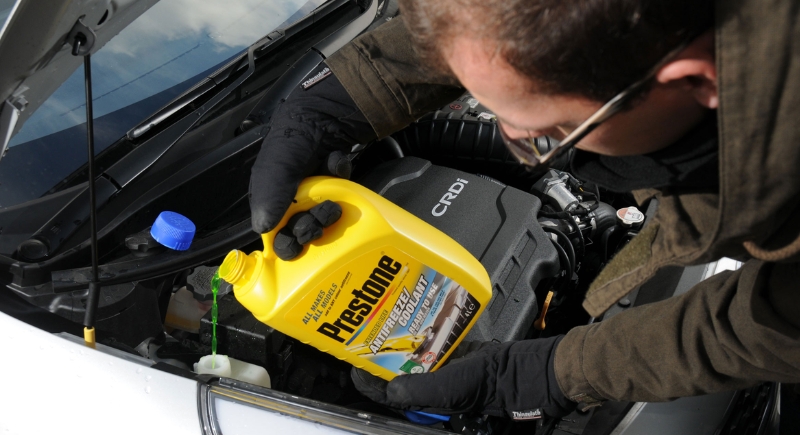
Credit: Wikimedia Commons
One of the biggest hidden dangers in garages and driveways is antifreeze. It has a sweet smell and taste that attracts pets, but ingesting even a tiny amount can lead to kidney failure within hours. The active ingredient, ethylene glycol, is extremely toxic. Immediate treatment is the only chance for survival.
Acetaminophen
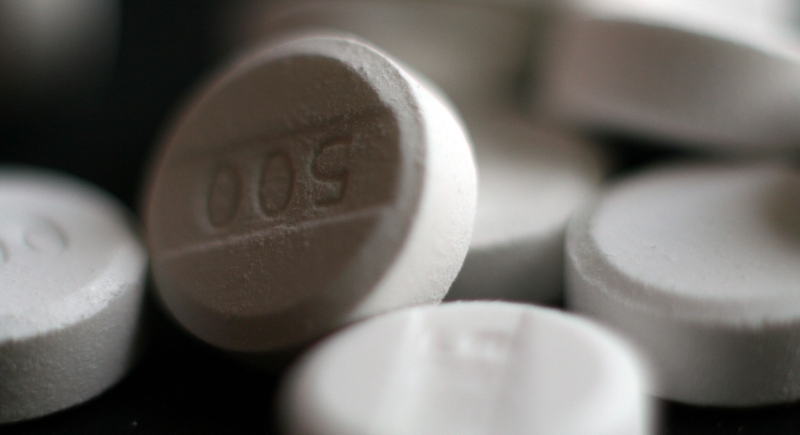
Credit: Wikimedia Commons
Medications like Tylenol might seem harmless, but they can be life-threatening for dogs. Acetaminophen affects their ability to carry oxygen and damages the liver. One pill can cause serious harm. Unlike humans, dogs lack the enzymes needed to break it down safely.
Detergents

Credit: flickr
Those brightly colored laundry pods? To pets, they look like toys. But chewing on one can release a cocktail of harsh surfactants that irritate the mouth, throat, and stomach. Sudsy vomit, coughing, and lethargy often follow. Even less dramatic exposure, like licking detergent off fur, can cause internal discomfort.
De-Icing Salts

Credit: pexels
During winter walks, pets often pick up de-icing salts between their toes. Later, they lick their paws and ingest the chemicals, which can cause nausea, drooling, and even seizures. These salts may seem harmless, but some contain compounds like calcium chloride that are rough on paws and stomachs.
Zinc
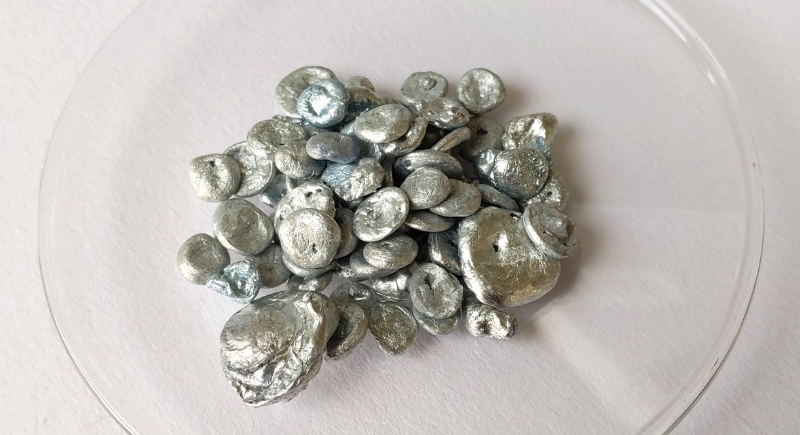
Credit: Wikimedia Commons
A single penny can lead to a serious vet visit. If a dog swallows anything containing zinc—coins, certain ointments, or even zippers—the metal can dissolve in the stomach and release toxic zinc levels into the bloodstream. This can destroy red blood cells and lead to organ damage.
Fertilizers
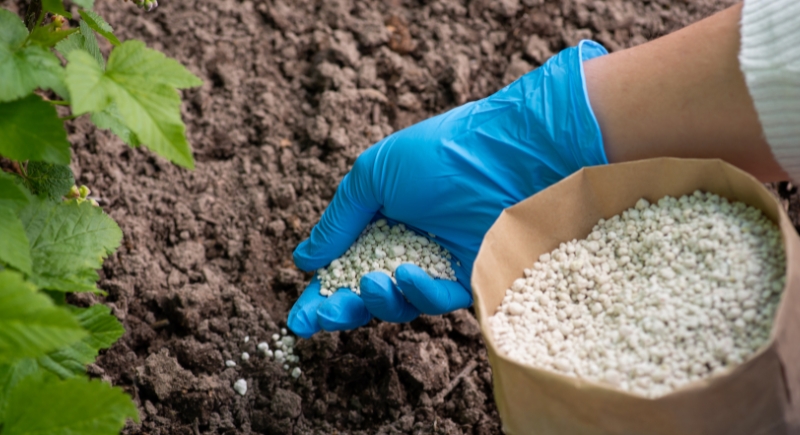
Credit: Getty Images
What smells like fresh earth to a dog may actually be toxic. Many lawn fertilizers contain chemical blends that boost plant growth but irritate pets’ stomachs and skin. Some “organic” options, like blood or bone meal, are equally risky and can cause pancreatitis or dangerous blockages if swallowed.
Rodenticides
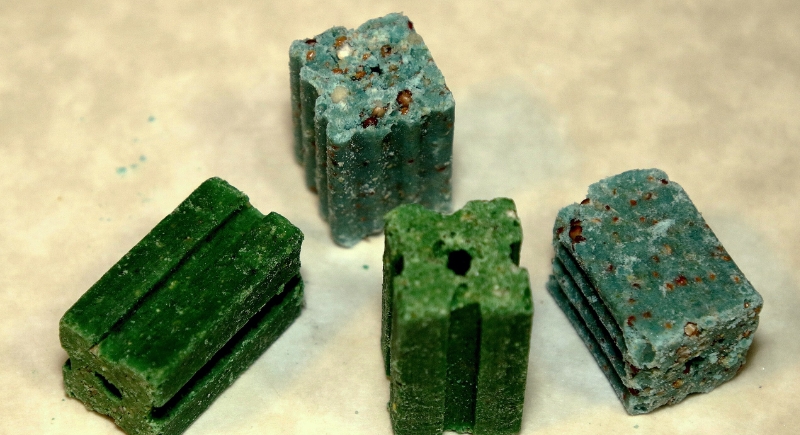
Credit: Wikimedia Commons
The danger with rodent poison isn’t just the toxic bait—it’s also how slowly the symptoms appear. A dog might seem fine for a day or two, then suddenly collapse from internal bleeding or neurological issues. The active ingredients vary, but all forms of rodenticide are hazardous to pets.
Insecticides
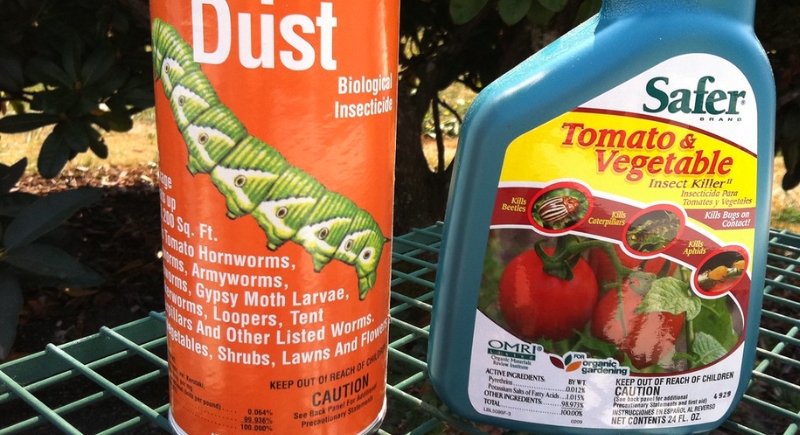
Credit: flickr
If you’re spraying for ants or mosquitoes, chances are you’re not thinking about what’s lingering on the floor or lawn afterward. But your dog is—especially if it involves sniffing, rolling, or licking. Even trace amounts of insecticide can pack a toxic punch, especially the kinds designed to “kill on contact.”
Household Plants

Credit: Getty Images
It’s easy to forget that something as innocent-looking as a blooming azalea can be more dangerous than it looks. Dogs don’t always know what’s food and what’s not. And with so many toxic plants hiding in plain sight, one curious chomp can land them in the ER.
Chocolate

Credit: Getty Images
Most pet owners know chocolate isn’t safe for dogs, but the details matter. Dark and baking chocolate have higher levels of theobromine, a stimulant that dogs can’t process. A few bites can speed up the heart, trigger shakes, or worse, especially for small breeds or pups with sensitive systems.
Grapes and Raisins

Credit: Canva
There’s still no clear answer on why grapes and raisins are toxic to dogs, but the risk is very real. Even a handful can lead to sudden kidney failure. Some dogs get sick after just one grape. It’s unpredictable, and that’s what makes it so dangerous.
Xylitol
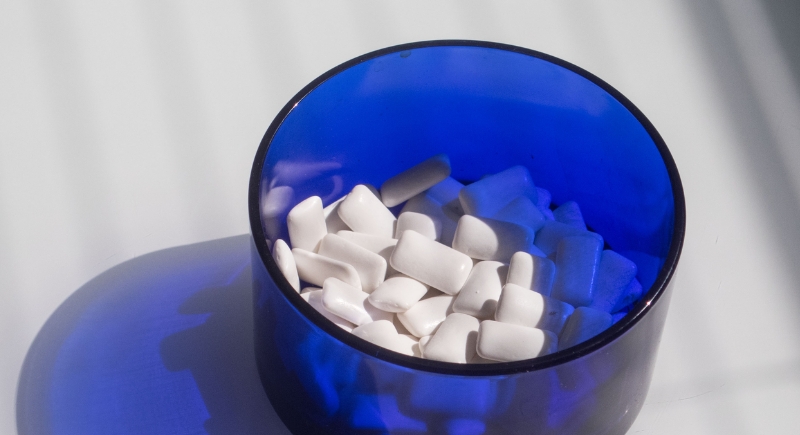
Credit: Wikimedia Commons
Your dog won’t know the difference between a cookie baked with sugar and one sweetened with xylitol—but their body will. Xylitol tricks a dog’s pancreas into releasing too much insulin, which crashes their blood sugar.
Onions and Garlic
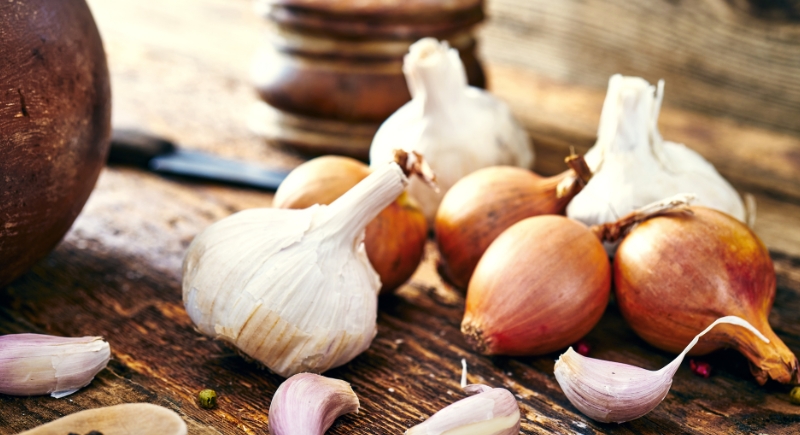
Credit: Getty Images
Some foods are just part of life—onions in soup, garlic on bread. But for dogs, these ingredients are bad news, even in small doses. A few bites here and there might not show immediately, but inside, they can mess with blood cells and cause real, lasting damage.
Alcohol

Credit: pexels
Dogs don’t need much alcohol to end up in serious trouble. A splash of wine or a bit of spilled liquor can interfere with coordination, lower body temperature, and impact breathing. What feels like a minor accident for a human can become a medical emergency for a pet.
Macadamia Nuts
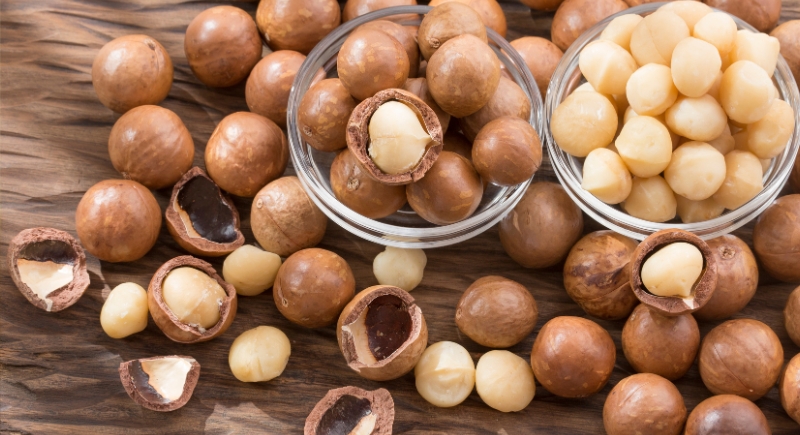
Credit: Getty Images
Most people don’t expect a few fancy nuts to send their dog into distress, but macadamia nuts have that effect. Dogs can suffer from muscle shakes, fever, or even hind leg paralysis after eating them. The exact reason they’re toxic isn’t known, which makes them even riskier.